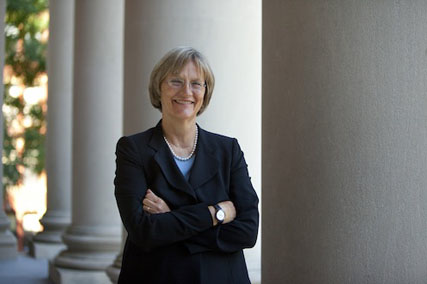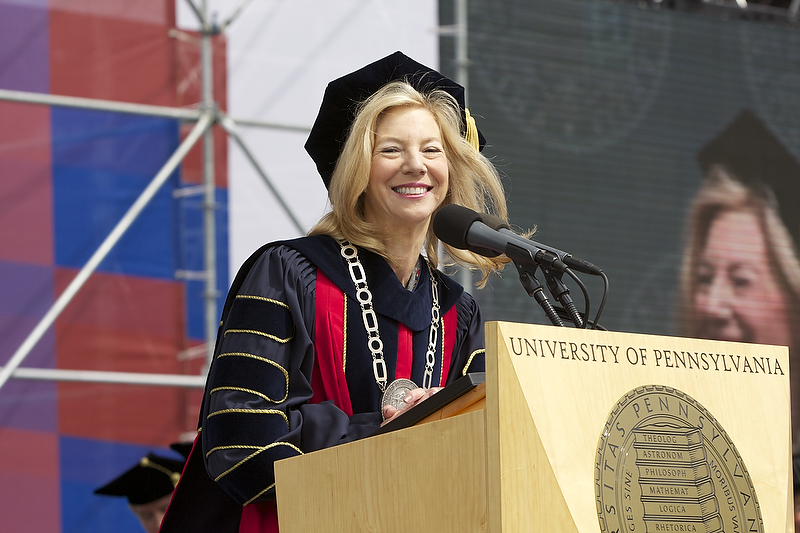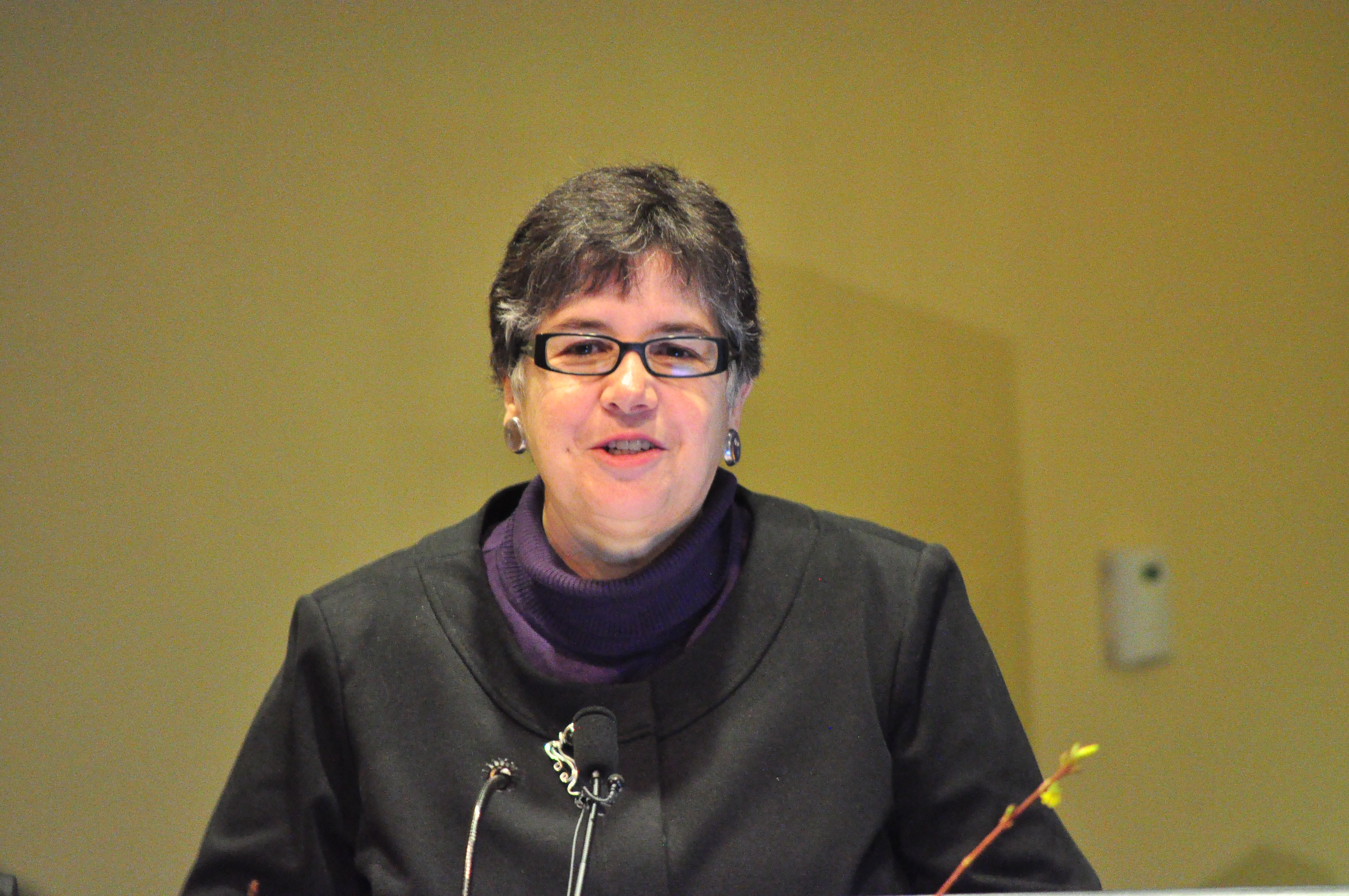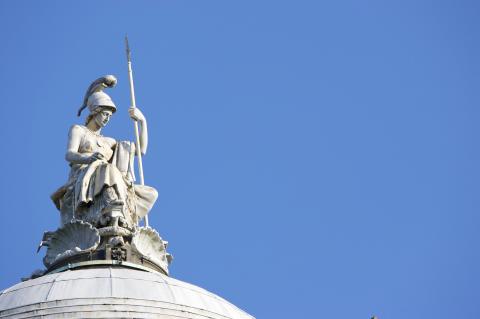The University of Oxford has named its first female vice-chancellor in its 900-year-plus history, but in January Louise Richardson will join only a small number of female leaders. Only 14 per cent of the top 200 institutions of last year’s Times Higher Education World University Rankings are headed by women, adding to damning statistics on concerns such as pay disparity in the workplace.
And yet some of the best universities in the world are led by women – here are those in the upper tiers of the THE World University Rankings:
Drew Gilpin Faust: Harvard University

In 2007, Drew Gilpin Faust became the first woman to lead Harvard in its near 400-year history, increasing numbers of women in the faculty by 25 per cent in less than 10 years. She was ranked the 46th most powerful woman in the world by Forbes this year.
In her own words: “I hope that my own appointment can be one symbol of an opening of opportunities that would have been inconceivable even a generation ago… I’m not the woman president of Harvard, I'm the president of Harvard.”
Alice Gast: Imperial College London
Alice Gast crossed the pond from Lehigh University in Pennsylvania to lead Imperial, setting about increasing women’s roles in STEM subjects. The university won awards for promoting women in under-represented fields, and now gives prizes to female students excelling in male-dominated subjects.
She was previously the vice-president for research and associate provost at the Massachusetts Institute of Technology and is a renowned chemical engineering scholar.
In her own words: “Diversity and mutual respect are essential to our mission to deliver academic excellence and societal impact…Imperial’s women are advancing research in ways that make a tremendous impact on the world. And we’re developing a new generation of women entrepreneurs who are a powerful force for the future.”
Amy Gutmann: University of Pennsylvania

Unlike many women on this list, Amy Gutmann is the University of Pennsylvania’s third female president in a row. In her inaugural address on becoming leader in 2004, she launched Penn Compact, focusing on increasing access for students of any socioeconomic background. She increased financial aid, and spearheaded a $4.3bn (£2.8bn) funding drive for the university. She is the fourth-highest-paid college head in the US, with her remuneration estimated at $2.82m last year.
An eminent political scientist and philosopher, she served as chair of the Presidential Commission for the Study of Bioethical Issues for Barack Obama, and was one of Newsweek’s “150 Women who Shake the World” in 2011.
In her own words: “The key to really deep, daring thinking, to creativity and innovation, lies in our success in building a diverse and inclusive community. A community rich with different interactive perspectives and experiences.”
Elizabeth Garrett: Cornell University
With Elizabeth Garrett’s nomination as president in July, half of the US’ elite Ivy League institutions are now led by women (Harvard, UPenn and Brown are the others). She is a distinguished law professor and former provost at the University of Southern California, and advised George W. Bush on tax reform.
In her own words: “There are more of us [women] in the pipeline to take on these jobs as leaders…It certainly is not a battle that has been won, but it is a battle that we’re winning.”
Ana Mari Cauce: University of Washington

The interim president of the University of Washington, Ana Mari Cauce previously served as provost – head of education – and executive vice-president at the public institution. She has championed access to higher education, including the Husky Promise, which provides tuition to Washington state students who otherwise could not attend university. She has also helped Washington to have among the best women’s representation on staff in the country.
Professor Cauce was born in Cuba, where her father was minister of education, before fleeing the country during the revolution when she was three years old. She had reportedly never been west of the Mississippi River until she joined Washington in 1986.
In her own words: “I am Latina, I am lesbian, and I am a woman, so in some ways I feel like those three sets of prejudices kind of cancel each other out, because folks have no idea what to expect.”

Comments